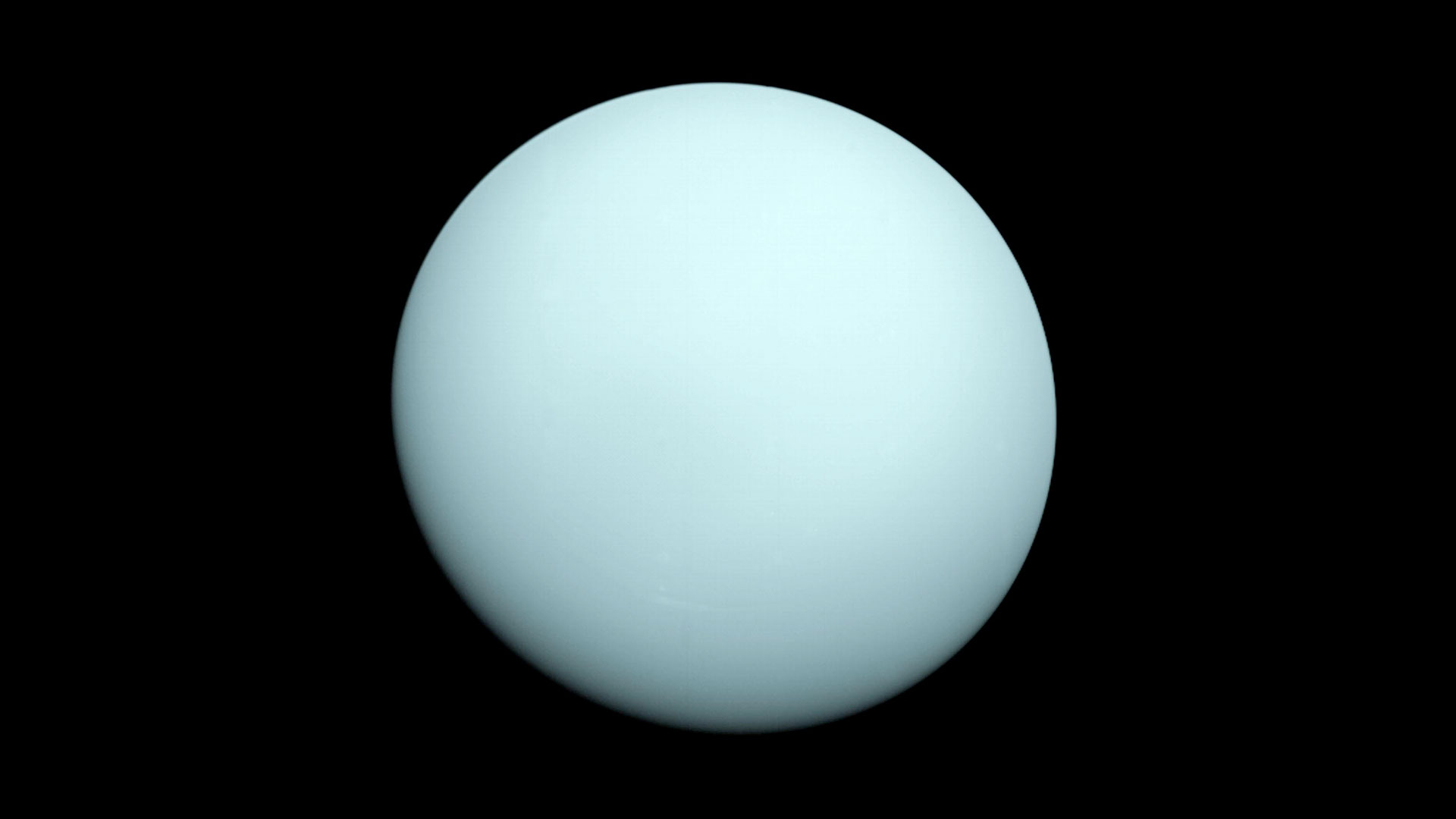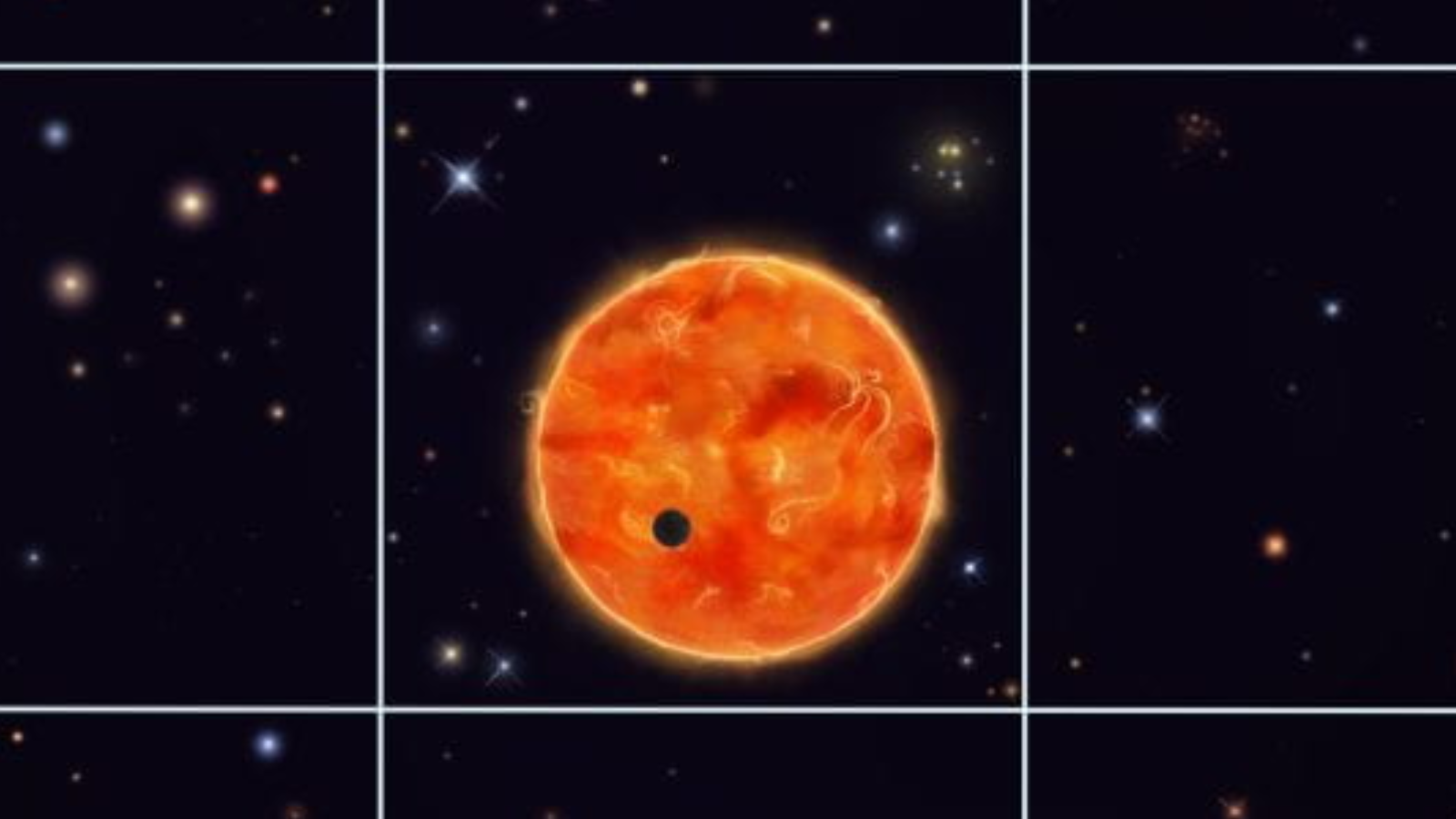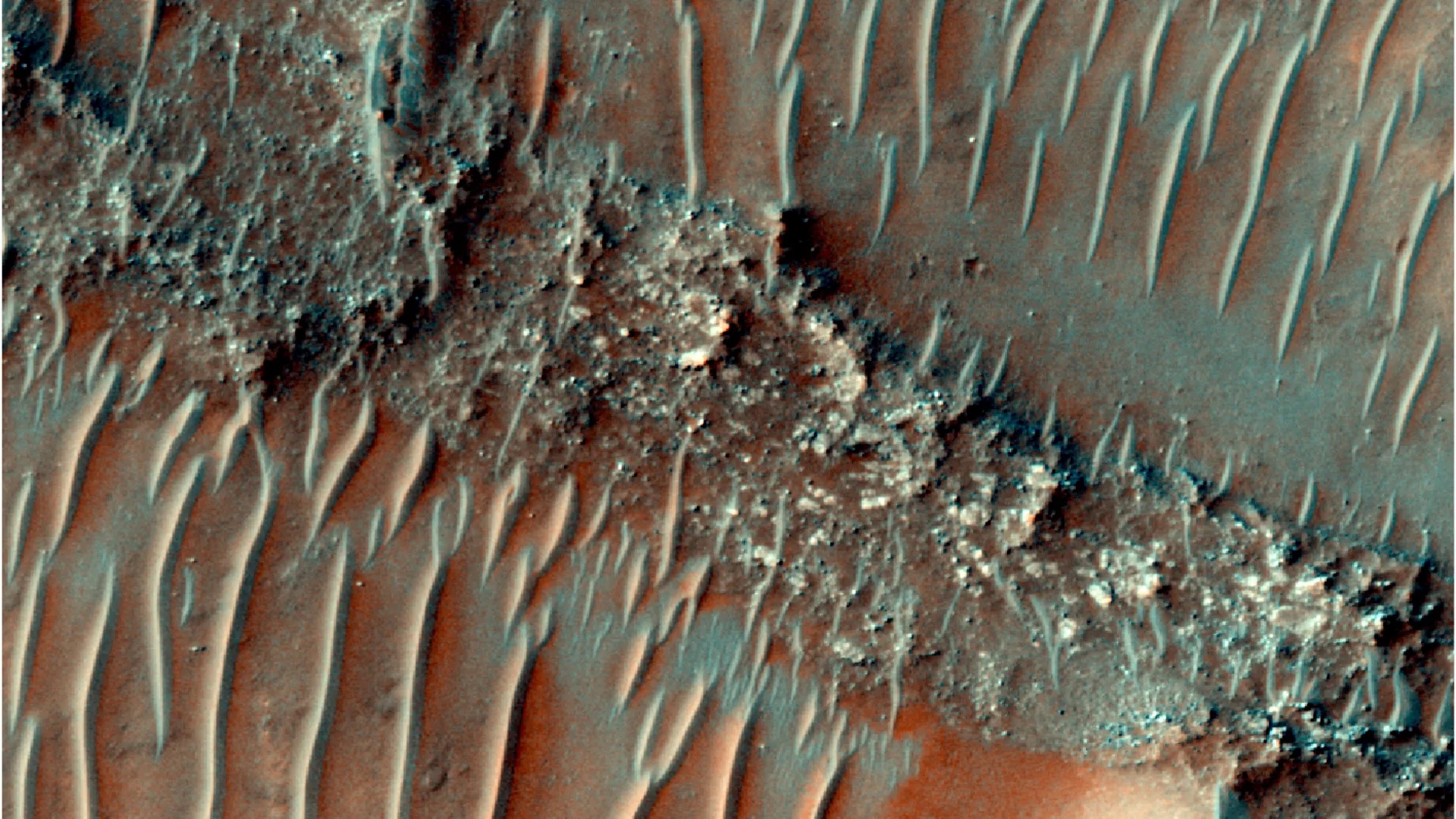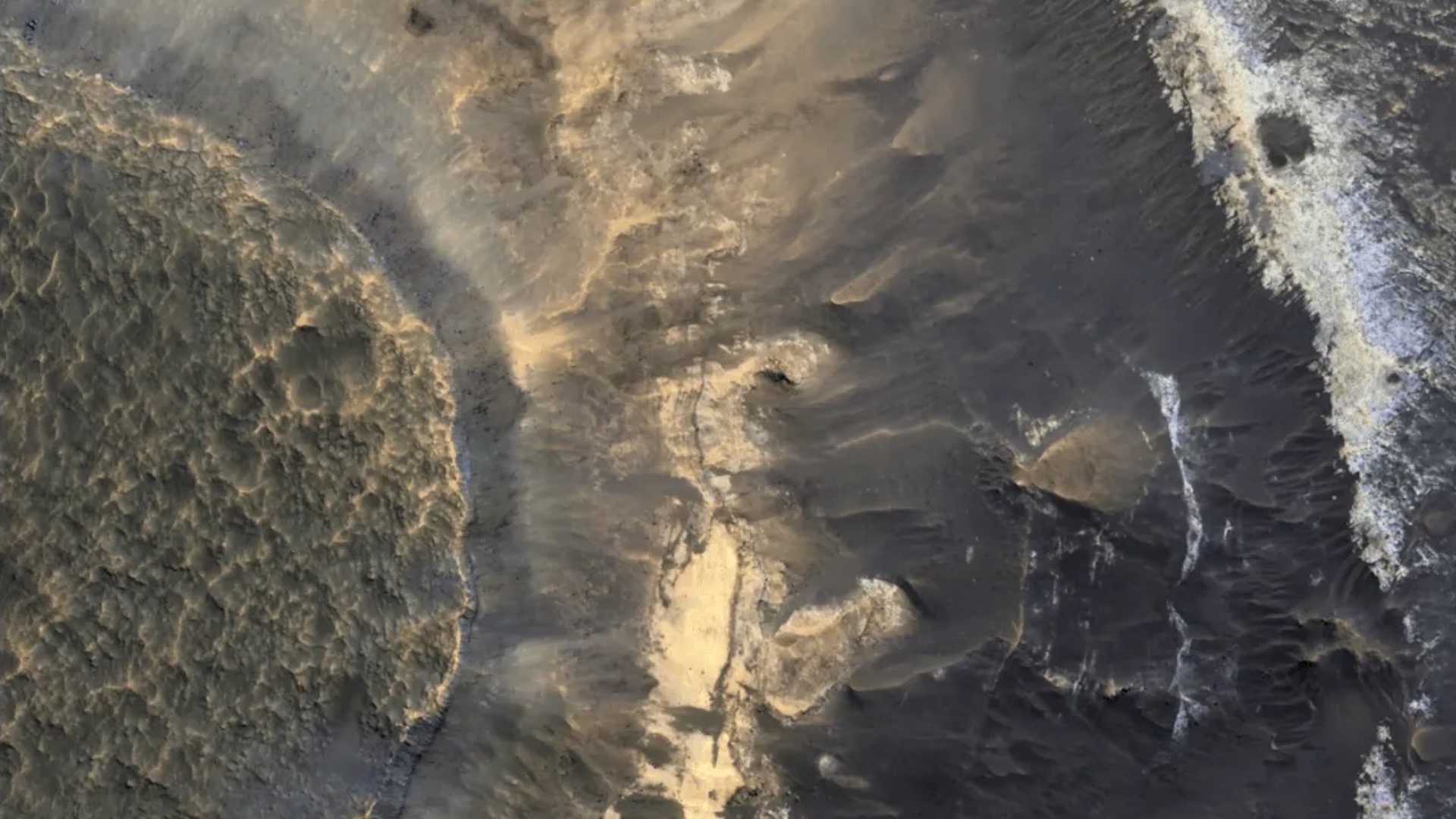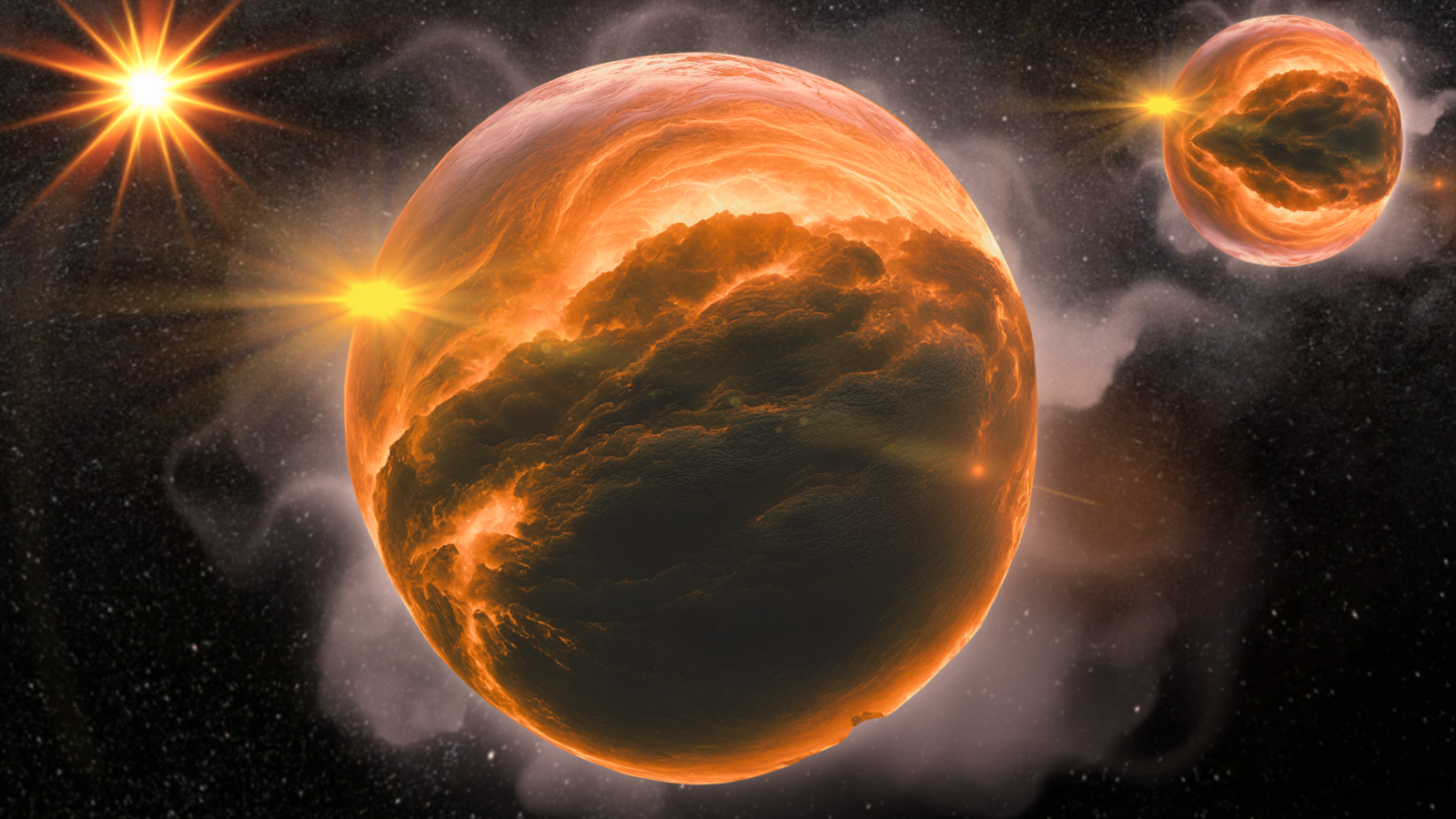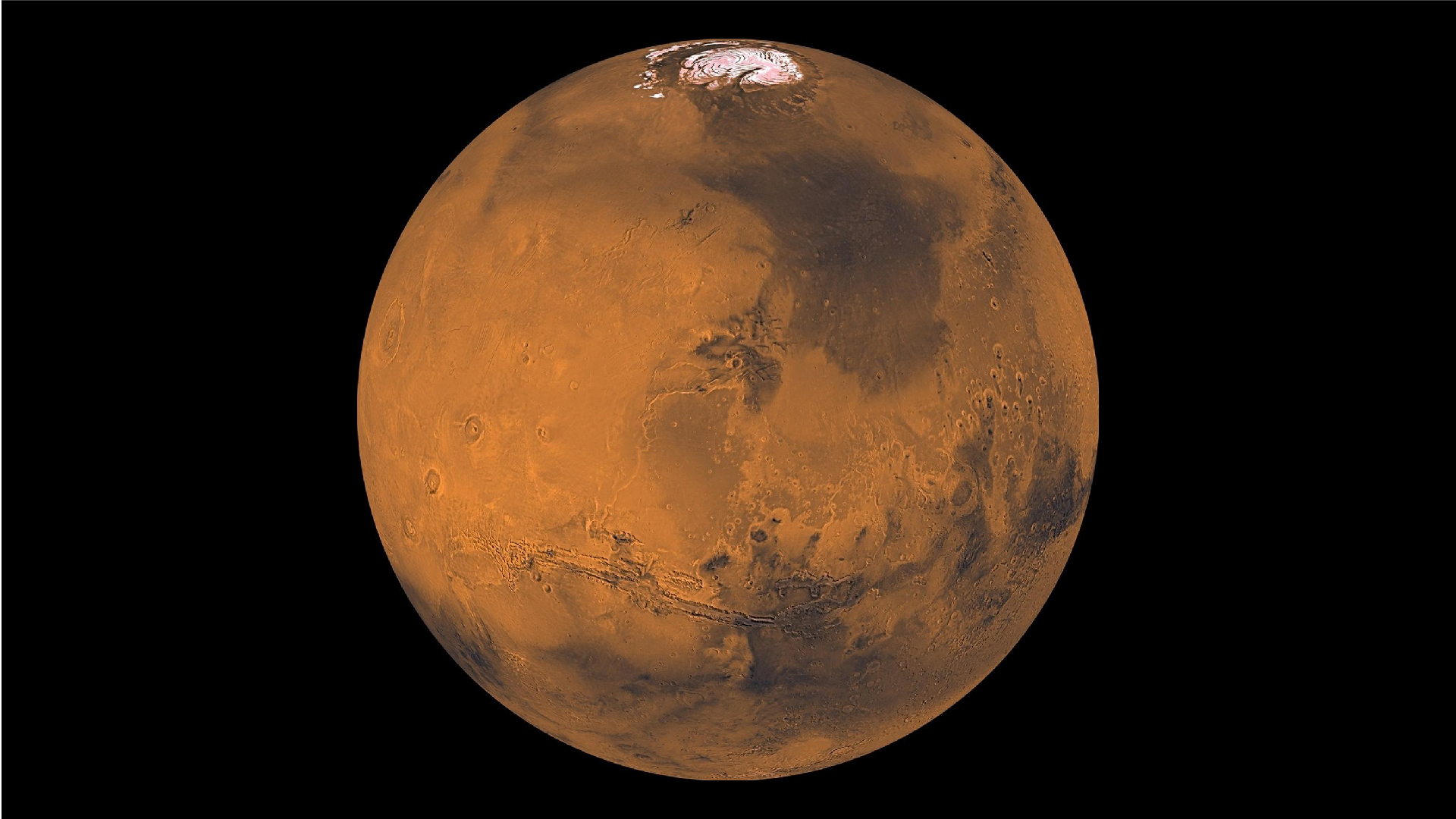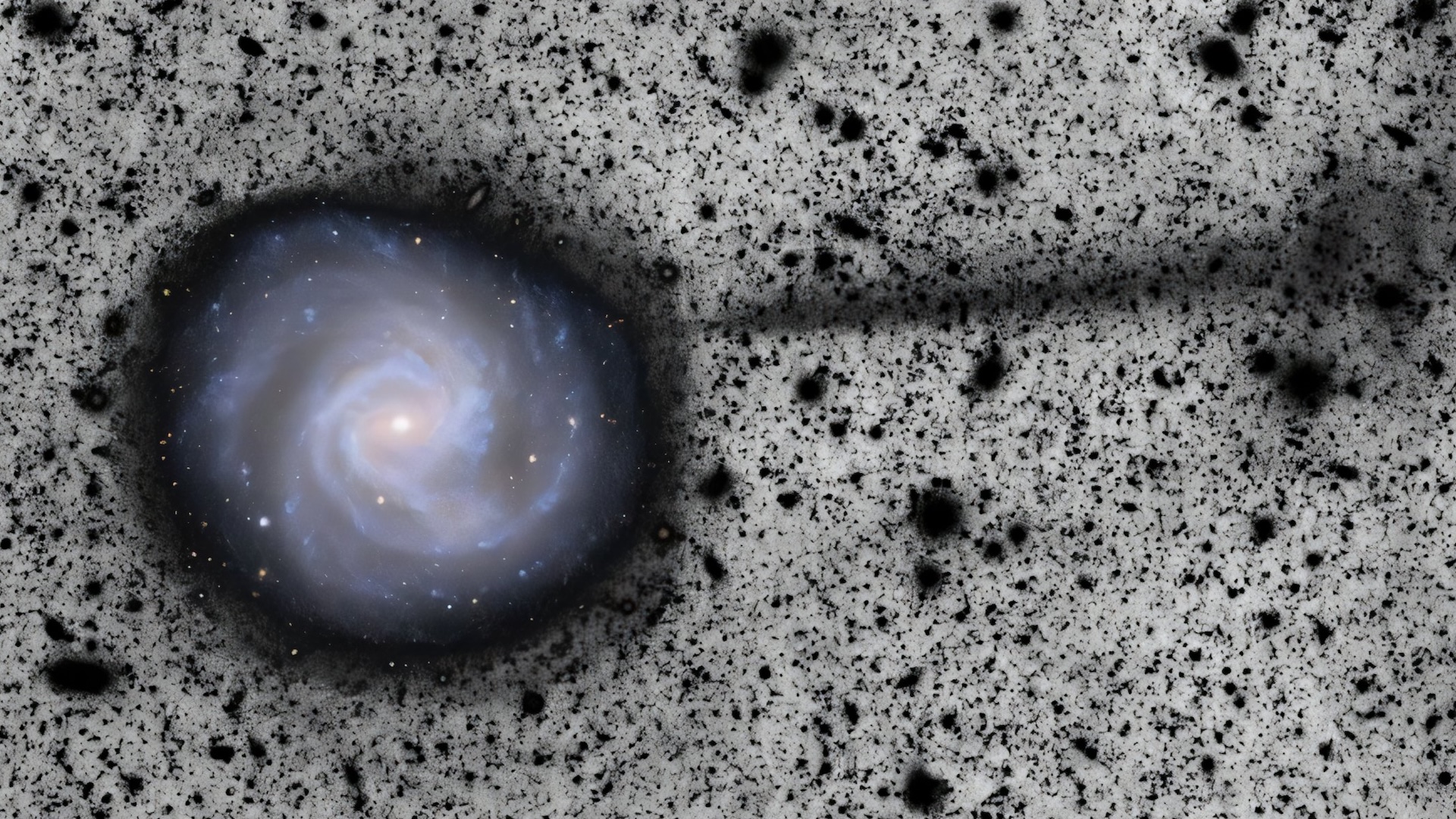Planet news, features and articles
Latest about Planets
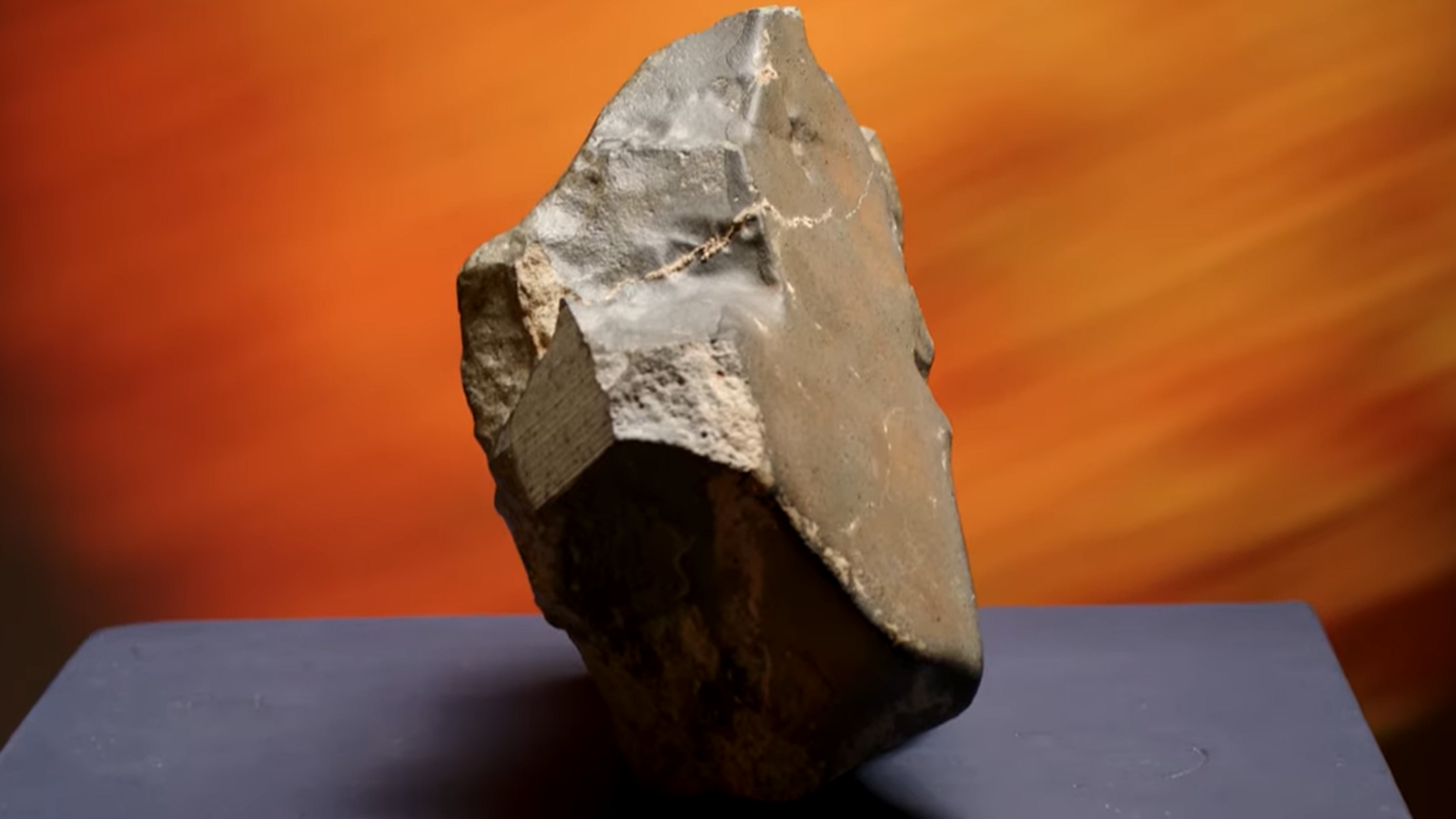
Largest known Martian meteorite on Earth sells for $5.3 million at auction
By Harry Baker published
The largest known Martian meteorite, NWA 16788, has been sold at auction for $5.3 million. The hefty chunk of the Red Planet, which weighs 54 pounds, could help unravel new secrets about Mars — if it's allowed to be studied.
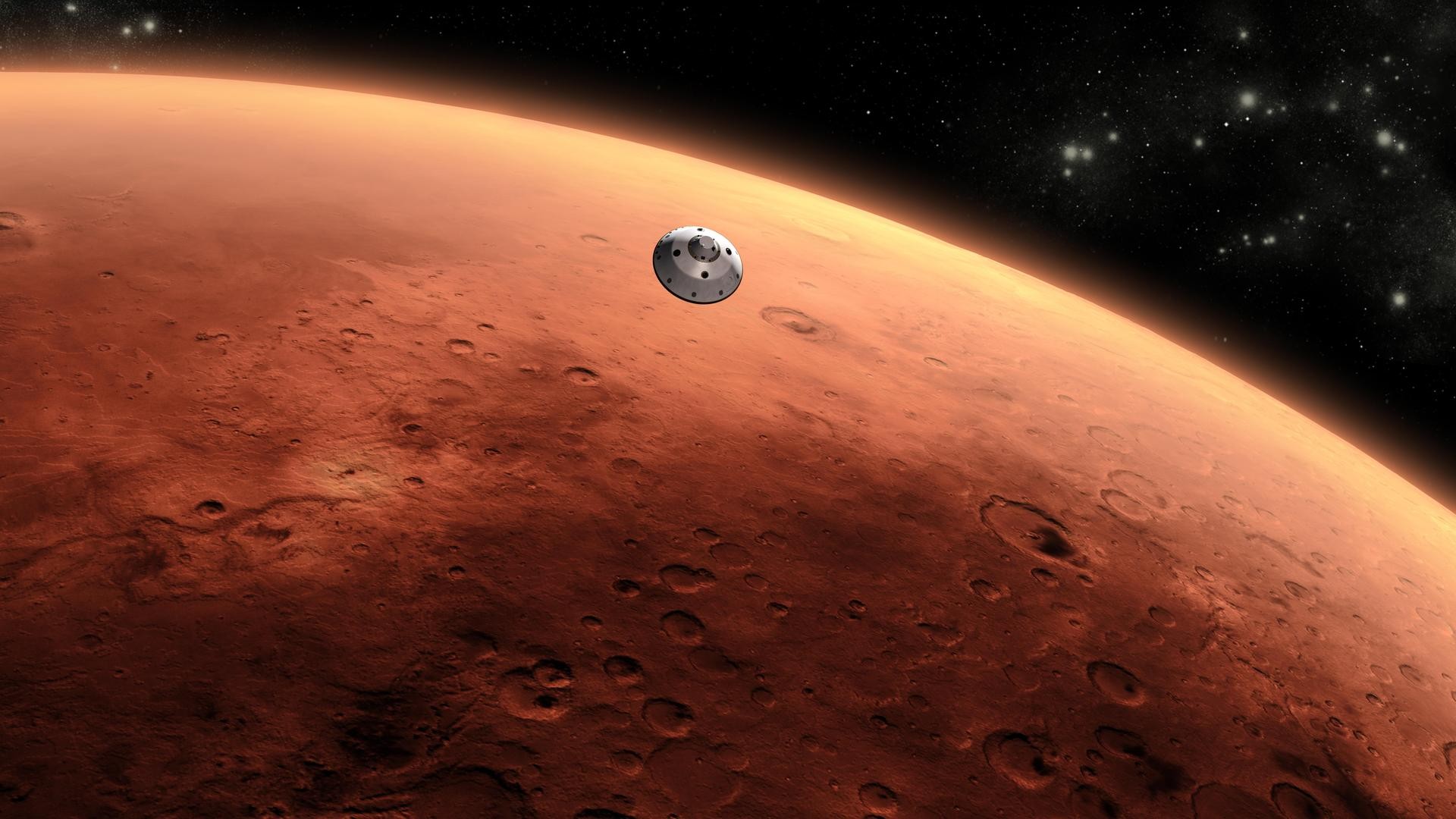
Mystery of Mars' missing water could be solved by the planet's tipsy tilt
By Deepa Jain published
Mars has lost immense amounts of water over it lifetime, and scientists aren't sure exactly how. New research hints that the planet's violently varying tilt may be a key factor.
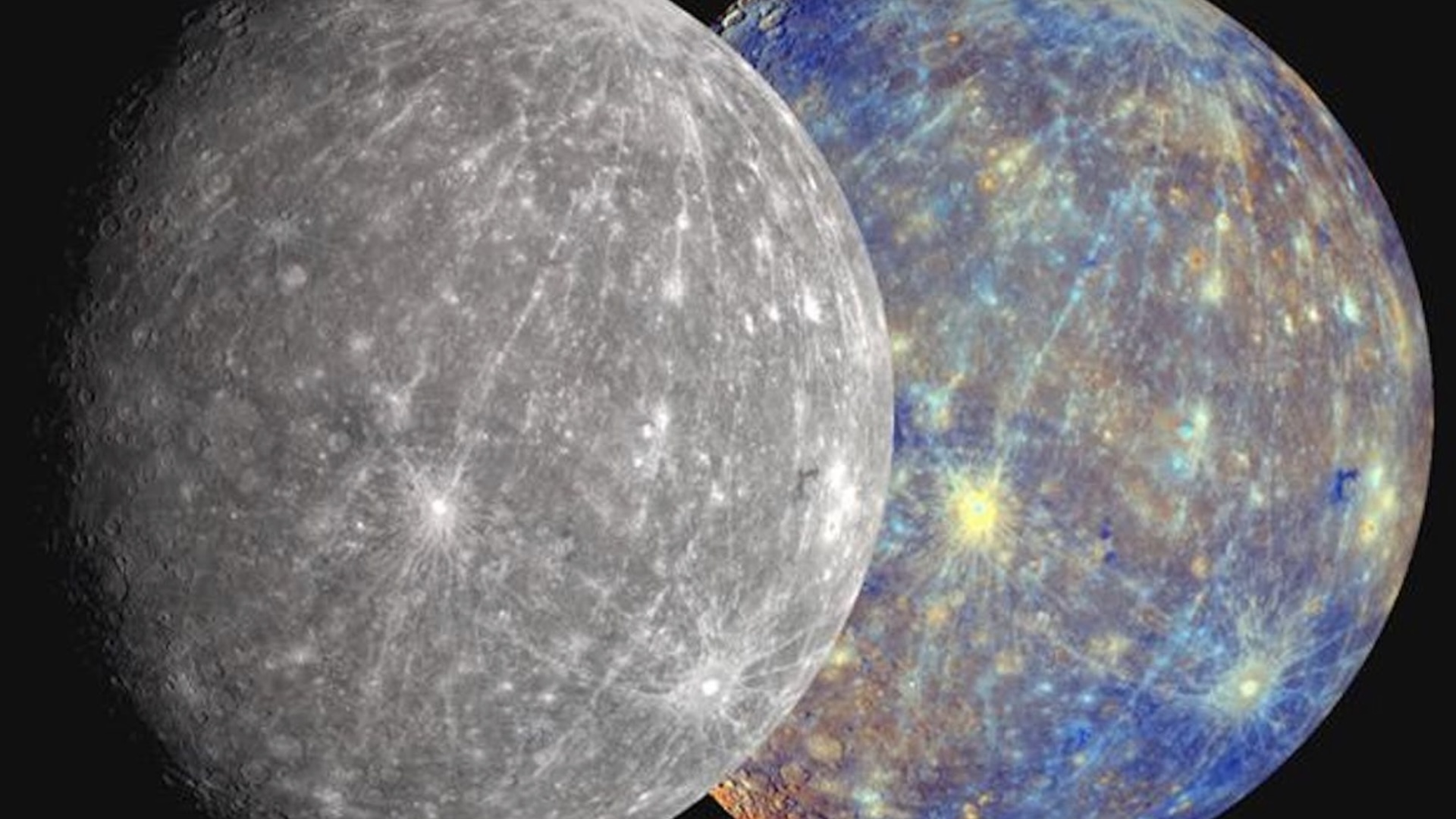
Mercury's 'missing' meteorites may have finally been found on Earth
By Ben Rider-Stokes published
Meteorites may be the only practical way to study Mercury's surface directly.
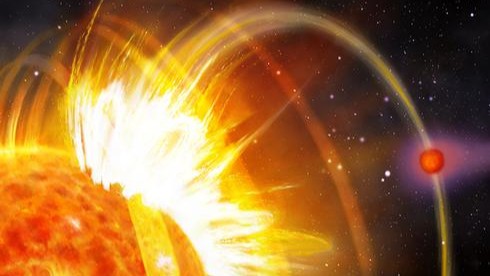
'A completely new phenomenon': Astronomers spot a planet causing its star to constantly explode
By Ben Turner published
Astronomers have spotted an alien planet orbiting so closely to its home star, the planet's magnetic field is triggering massive solar flares to erupt. This is the first time a planet has been seen influencing its host star.
Get the world’s most fascinating discoveries delivered straight to your inbox.
